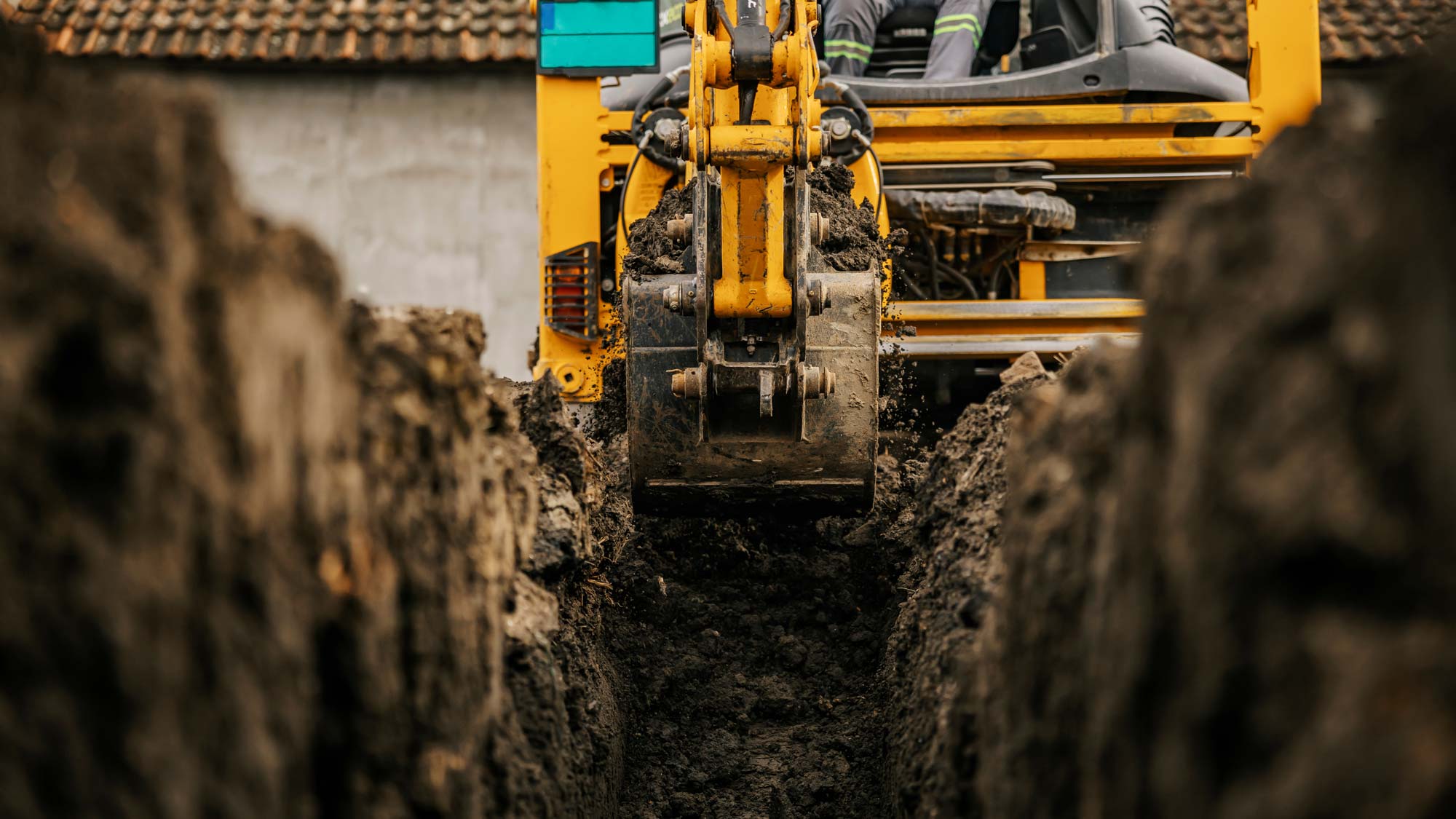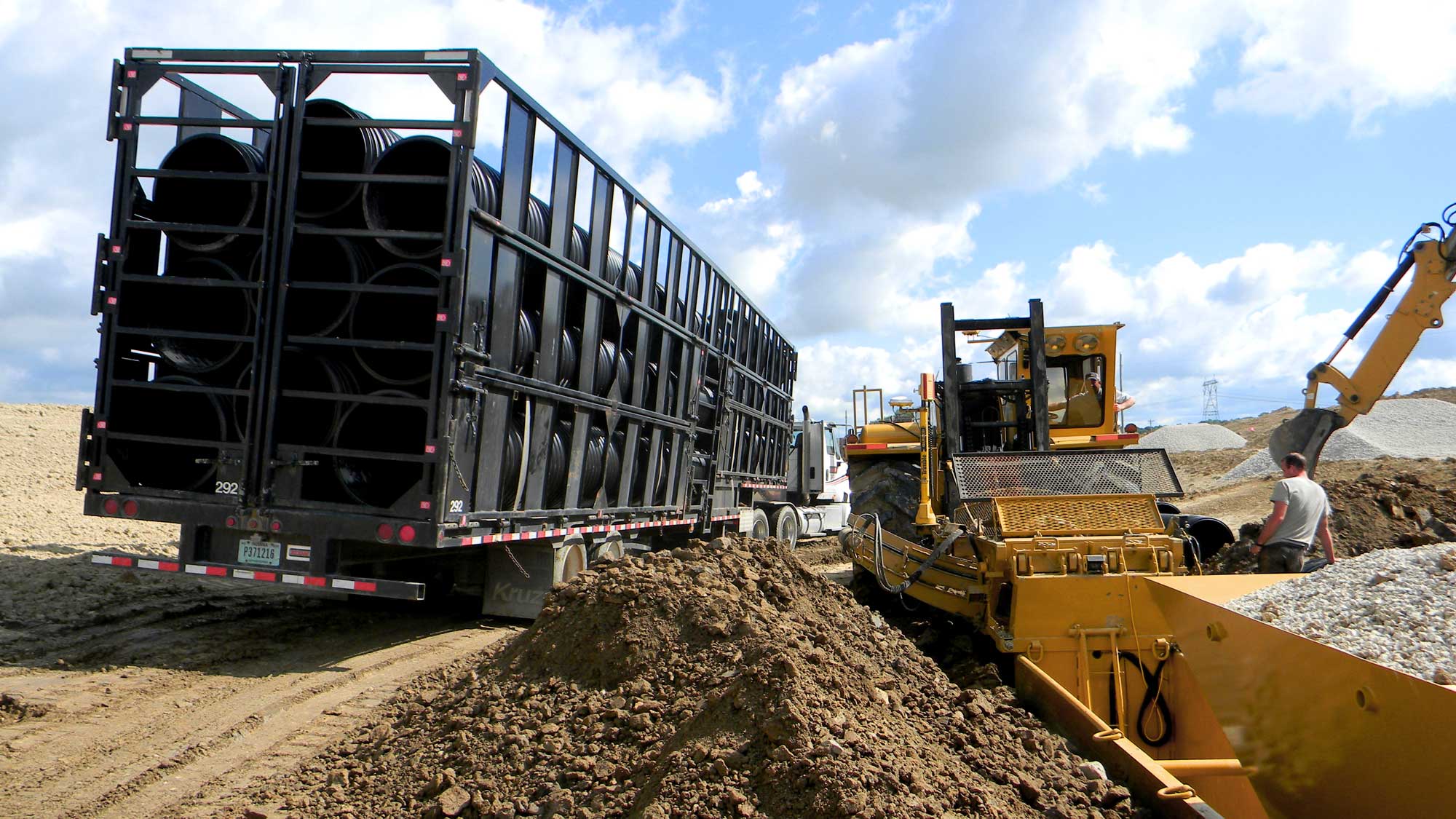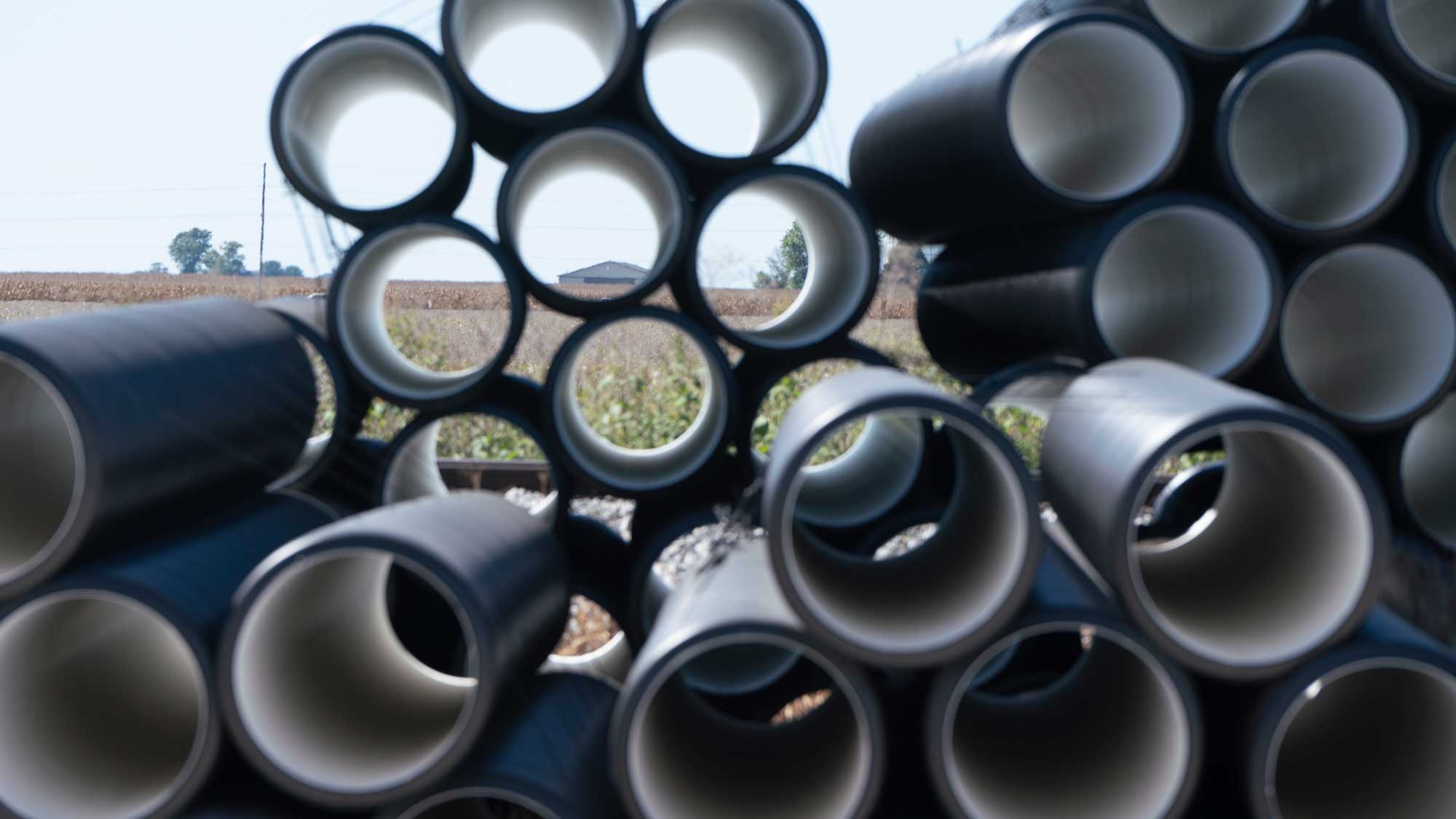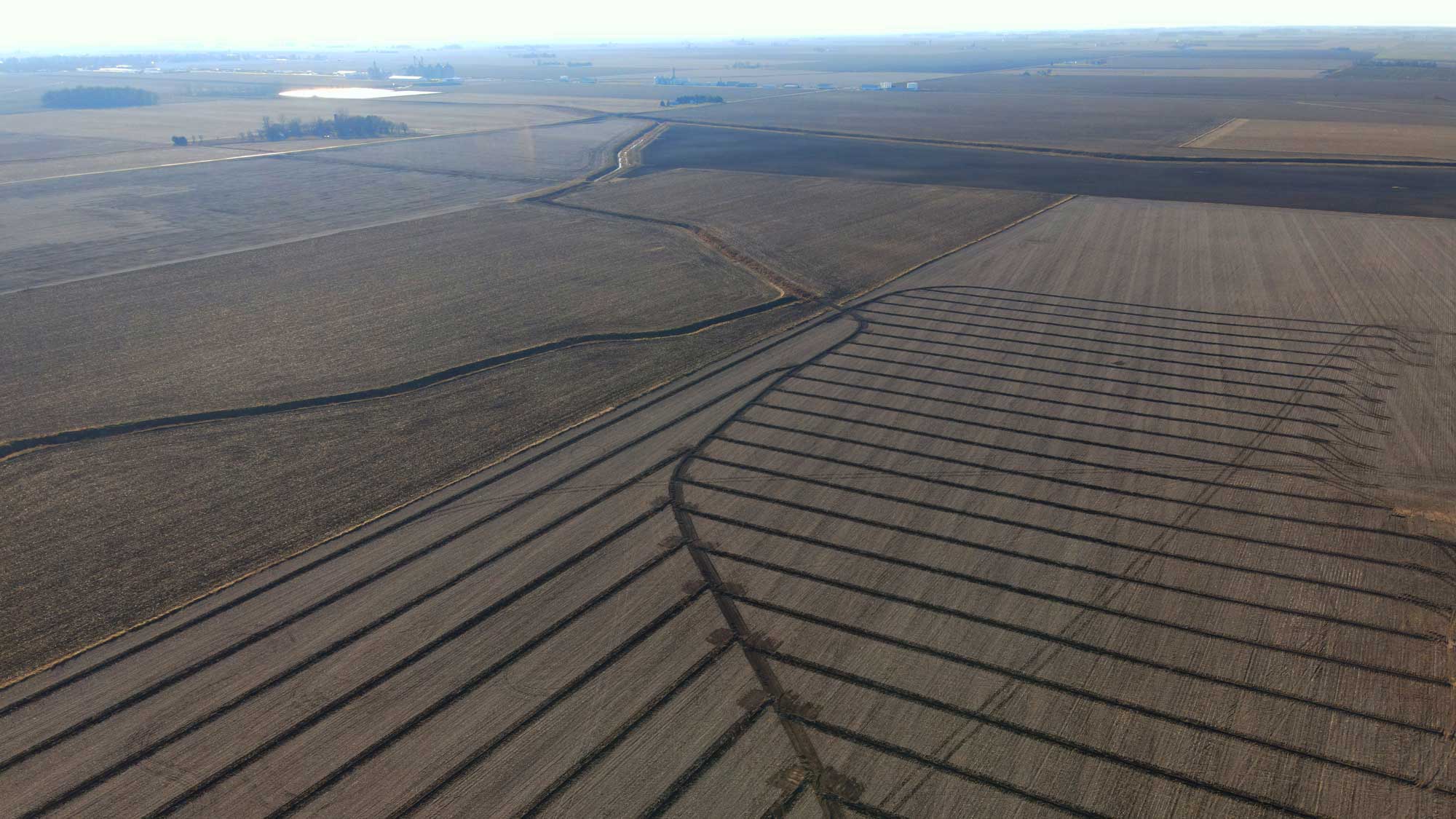As seen in the Tried & True Fall 2023 issue
Braving the trenches for drainage solutions is no walk in the park. Let’s be real, it’s tough, gritty work, and there’s no sugar-coating it. Where there’s drainage, there are dangers. Buckle up for a gritty dive into the challenges and triumphs of maintaining safety in the trenches!
The most common and most lethal hazard when working with drainage trenches is cave-ins.
The number of deaths related to trench cave-ins in 2021 came to 15. That number more than doubled in 2022 when it rose to 39. While these numbers may seem small the importance and value of each individual worker cannot be overstated here at Fratco. We know that behind each life are countless loved ones left behind in the wake of grief. The risk of injury and death in trenches also brings lower morale and productivity.
In response to the drastic rise in fatalities, The U.S. Department of Labor has launched an enhanced enforcement initiative. The program brings awareness to the dangers of working with trenches and implements safety procedures, to show how these deaths can be prevented.
In an interview with Construction Dive, Doug Parker, assistant secretary for OSHA, stated that all of these deaths could be prevented if OSHA standards had been met at these locations. Part of this new initiative is an effort to hold employers accountable for the safety of their employees. Parker went on to say, “There simply is no excuse for ignoring safety requirements to prevent trench collapses and cave-ins, and leaving families, friends and co-workers to grieve when the solutions are so well-understood.”
The US Department of Labor and OSHA’s recommendations regarding trench safety:
This may be old news, but you can never be too careful. Take a few moments to refresh yourself.
1: Create a safe entrance and exit for every trench
The entrance to a trench is often one of the more dangerous areas of a job site. Workers can slip and fall very easily as trenches often collect moisture quickly, and this area tends to be a bottleneck for everything coming in and out of the trench. Because of this, make sure that the entrance is clear and secure before regular use.
2: Build cave-in protection
Taking the time to set up wall supports, trench boxes and other reinforcements could be the most important part of working in a trench. Although a trench may seem stable enough on its own, you can never predict what might cause the soil to shift. Taking the extra time and materials to set this up will save lives.
3: Clearly mark the trench perimeter
The weight from construction equipment is one of the leading causes of cave-ins, disrupting the soil and causing the edges to fail. It’s important to mark the trench perimeter so sites can avoid causing unnecessary strain on the trench walls. Even vibrations from machines or nearby roadways can cause soil to shift and collapse.
4: Look out for hazards, up and down
Everything tends to run, roll, or fall towards trenches since they sit low in the ground. Because of this, it’s important to keep an eye out for hazards that have found their way into the trench or have the potential to do so. Standing water is a common one, especially when installing a drainage system. As the water runs into the trench it can cause the soil to shift and soften, losing most of its structure. Always remember to periodically check on the moisture level in the area.
Other common hazards to be aware of include air quality and busted utility lines. Air quality may seem like a minor threat, however depending on the type of soil, digging a trench can release all sorts of vapors, so it’s important to know that the air is safe to breathe at the job site. Commonly overlooked on this list of hazards is working around already installed utilities. It’s integral that the job site be surveyed properly before breaking ground so that any utilities in the area can be marked. The last thing you want to do is hit a gas line while digging. Avoid doing so by calling the national Underground Safety Alliance number, 811, to ensure the land you’re working on is safe.
5: Only enter trenches that have been inspected
The key to safety lies in thorough preparation. So while it may feel obvious, it’s important that the trench is inspected and passed according to OSHA regulations before it is used by anyone. When it comes to workplace safety you can never be too careful.
Slope it, Shore it, Shield it
To simplify these ideas, OSHA put together a “quick card” to remember the essential safety guidelines when working with trenches:
- Slope trench walls at an angle inclining away from the trench.
- Shore trench walls with supports to minimize soil movement.
- Shield trench walls with trench boxes to prevent soil cave-ins.
Working with drainage often means working with trenches. The work we do is important but the lives of employees are more important. Take the time to follow through on these safety precautions, and encourage others to take them seriously as well. It can mean the difference between life and death.
By bringing awareness to dangers like these we can better create safeguards. As long as we have each other’s back, we can build a better tomorrow











